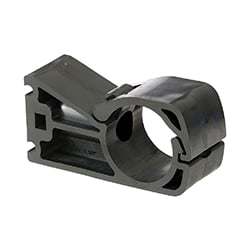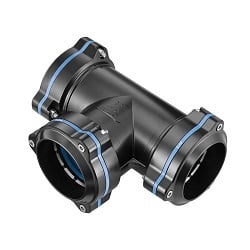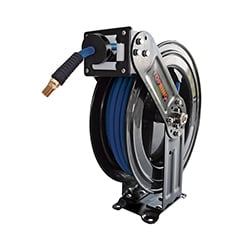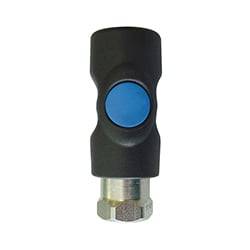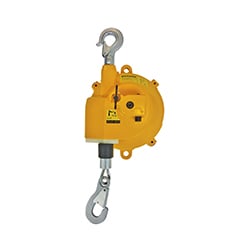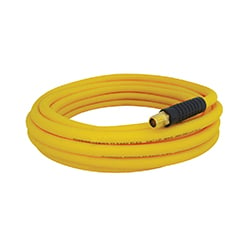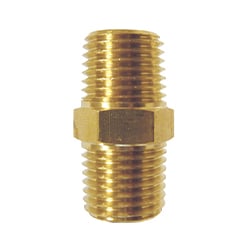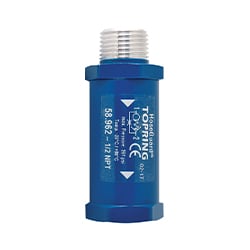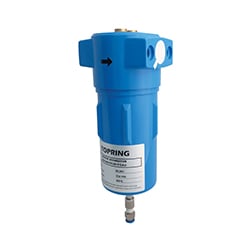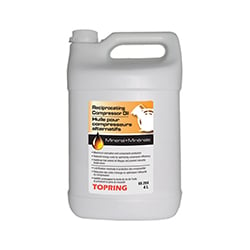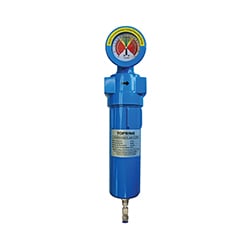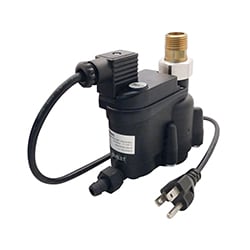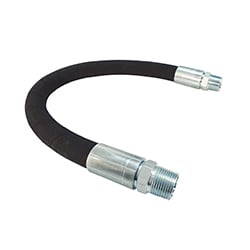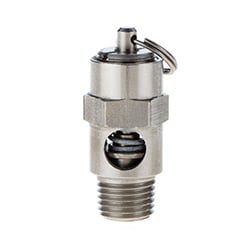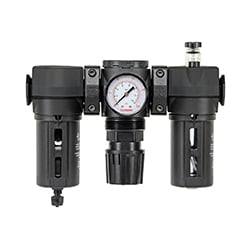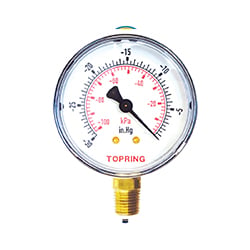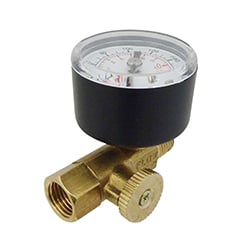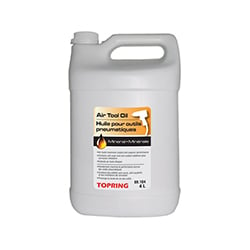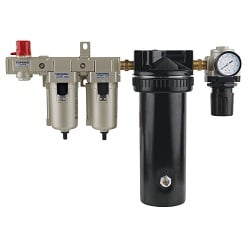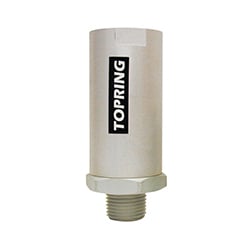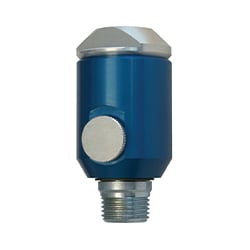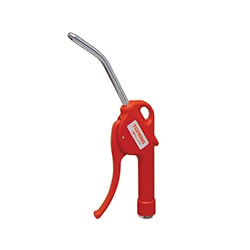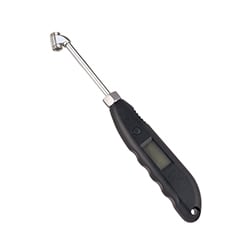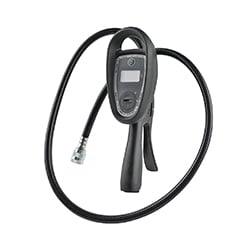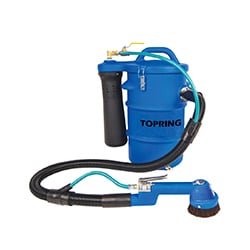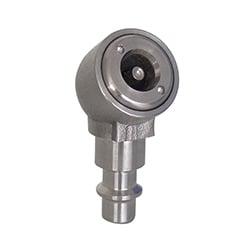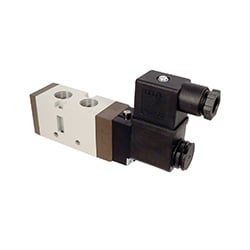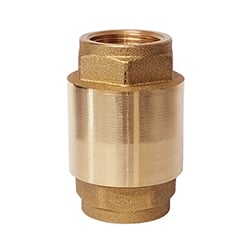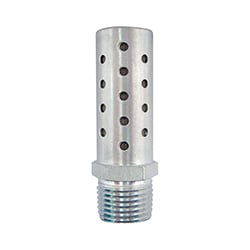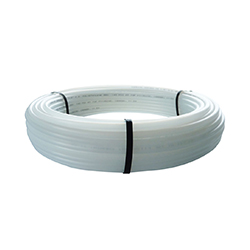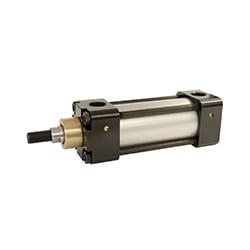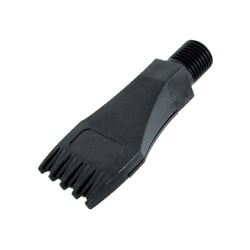When it come to compresses air, we often talk about compressors, filtration, air networks or many other equally important things. But there is a small element that is almost never mentioned so much it can seem insignificant compared to all these stars of the pneumatic world: The plugs. It is said, the devil is in the details… And that may well be the case. Neglecting the result could quickly prove disastrous and have serious consequences on the smooth running of the whole! So, let’s ask ourselves the right questions; there are six of them:
6 questions to better understand their importance
1. What is a plug ?
Whether it is called fitting, plug, nipple or any other name, the result is always this small piece of metal that will connect to the compressed air connection. When we talk about pneumatic connections we think more readily of the connection, which may seem justified, because it is a very complex and crucial part. But without a plug, no connexion. It must always be considered, that in any connection, we will inevitably have these two parts.
2. How important is it in the connection?
When visiting a user in his workshop it is almost certain that the joyful music of air leaks will accompany our little tour. You know! This is the airline system of the workshop making a pssssss sound!!!! This partition is very often played at the end of the air drops, at the level of the connections. One can easily imagine the cost generated by this false note! It is therefore very wise to regularly inspect all installed fittings. But in this examination, we should not forget the outcome. Indeed, it is probably one of the pieces of the puzzle of the installation that will suffer the most. Mounted at the end of the pipe, it is he who will be dragged on the ground and who will suffer all the blows taken in the falls or untimely disconnections. Obviously, not all outcomes are of the same quality. If some are made from treated steel while respecting dimensional standards, many others are made of a more than dubious material and in a total approximation of the imposed dimensions. It must be understood that the slightest difference in diameter, the slightest scratch, result in a permanent leak that in a few days will cost more than the plug itself!!! When changing a fitting it would be very wise to examine the outcome and not hesitate to replace it at the slightest doubt… A new fitting and a worn-out end have never gone well together!
Differences between a « bad » and a « good » plug.
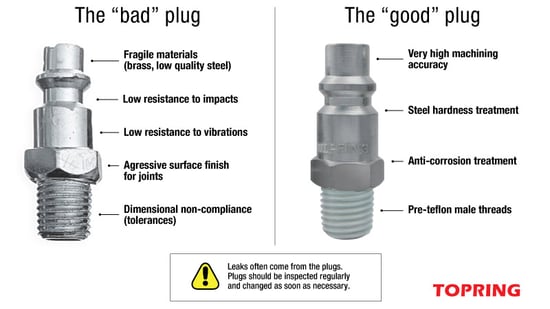
3. Why are so many different plug profiles available on the market?
At home, when we are faced with a complex solution, we often say it’s like « Swatting flies with a sledgehammer”. This could very well be the kind of reflection that comes to mind when we see the multitude of plug varieties offered on the market. It should be understood that the variety of different plugs is essentially due to history. At the time when the first compressed air connections appeared, international (or even inter-regional) trade were far from what they have become! Each small manufacturer therefore created a connection profile of its own. They would sell in their region what was quickly becoming the local standard. It would be very difficult to forcibly normalize a profile without an outcry from all the unfortunate users who would have made the “wrong choice”! We are therefore condemned to this multiple and very complicated array, for a long time. Time will take care of simplifying this market. And as they also say at home “you must give time to time”.
4. What use, what advantage?
However, the above observation does not only have disadvantages. When we look more closely, we might even think the opposite. Indeed, in most workshops (and probably even in all), we use compressed air for different purposes: pneumatic tools, blowing, painting, inflation, pneumatic servo, etc. Each of these uses has its specificities. Thus, if an impact wrench requires lubricated air, a paint gun prohibits it. This is very often a source of disastrous problems in the workshop! To use a grinder, you must of course supply it with lubricated air, but if I later use the hose of this grinder on a paint gun, then I will certainly find the thousands of residual oil particles in my application and thus totally “mess up” my work… Imagine the cost of this mistake! And of course, all at my expense! In order to absolutely avoid this accident, which is nevertheless frequent, there is an easy and free solution: use different types of plugs for each of the specificities. To make this solution even simpler and more obvious, some manufacturers have even assigned each profile a specific color in order to facilitate the identification of the style and therefore the connection. Somme users even install pipes respecting this same color! In fact, we find the principle used in electricity with different sockets depending on the voltage considered. It should be noted that the different profiles can help to isolate “lubricated air” uses from “dry air” uses, but also uses requiring different pressures, etc.
5. What is the cost of having several different profiles of plug in your workshop?
Zero! This easy and practical solution costs absolutely nothing! Indeed, whatever the profile, it will take a plug. In addition, when in a workshop, we choose to introduce a second profile nothing prevents the owner from keeping the « fitting plugs » assemblies removed in order to use them later to replace the equivalents remained in place and possibly defective. Finally, to continue with the theme of price, it is very easy to imagine the gain generated by the savings made on avoided accidents… What is the cost of a failed paint job or tool breakage?
6. What to do?
To move forward on a project such as this, you must turn to a specialist like Topring. Some profiles of plugs are "dying" and are more and more difficult to find on the market which, despite everything is slowly being simplified. Some profiles, due to their design, will not offer enough airflow. The opening of the end determines the amount of air (number of SCFM). For example, plugs with an ¼ industrial profile have an aperture of 5.5 mm and offer flow rates of 24 to 37 SCFM, while an ½ industrial profile with an aperture of 11.0 mm offers flow rates between 75 and 175 SCFM. This following table illustrates the airflow which varies according to the profile of the plug.
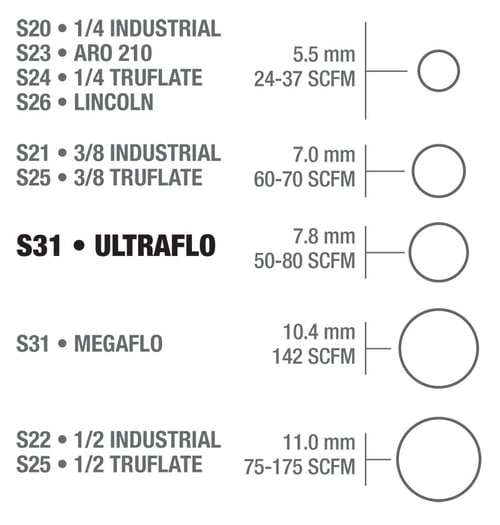
In conclusion
Topring can touch base with you and offer you the most suitable profiles for your work. To find out more you can photograph your types of plugs in service and send the images to your Topring contact who will, without a doubt, identify them and explain all the possibilities available to you... In the end, it is often with small things we do, that we do great things!!!
Tip :
A plug profile template allows you to quickly identify plug profiles and thread.
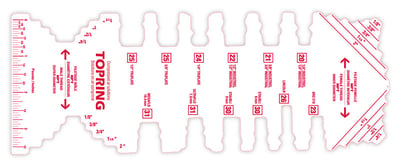
See the plug template page
You will also like:
How to Choose a Quick Coupler
Compressed air leaks and system maintenance


